5 Ways to Make the Red Carpet Work for You
by Rick Krusky
[As originally featured on backstage.com.]
On any given morning you can open your computer to find fresh photos of celebrities on the red carpet from the night before. From film premieres to record releases, art show openings, and more, these press opportunities are essential components to some of the most successful publicity campaigns. Whether attending an event that is promoting your own project, or attending as an invited guest, it’s to your benefit to get the most out of the opportunity.
Here are five tips that can help with your red carpet experience, whether you’re relatively new on the scene or even a seasoned pro.
1. Be prepared. By nature, red carpet events are always, to some degree, unpredictable. There are a lot of working parts that need to be coordinated—any of which can break down at any time. Just by knowing this going in, and by properly preparing beforehand, you can avoid many problems.
One thing you should always do is to research the event, its purpose, organizations involved, hosts, etc. This is so that you’ll know what you’re talking about with reporters. Although any question can be asked, the three most common are: “What brings you out tonight?” “What are you working on now?” (or “What’s coming up for you next?”) and “Where can we find you?” (social media, website, etc.). So it’s a good idea to have answers in mind for at least these three. If your publicist has pre-arranged interviews for you, they can often give you an idea of any additional questions a particular reporter may ask. Other important things to know are the dress code, the carpet times (when it opens and closes), where you’re going, and the parking situation.
2. Be on time. Carpets are open for a finite period of time preceding an event. And press will only stay for a finite period of time as well (and have been known to leave early on occasion). The general rule is that, unless you’ve been given an exact arrival time, plan to arrive at the time the carpet opens. Allow for traffic, parking, locating the check-in station, and the unpredictability factor in general. Another option is to Uber or take a limo.
3. Be patient. At the top of the carpet you will either have your publicist with you to announce you to photographers and escort you down the carpet, or there may be someone assigned to you to do so. A well run carpet will be properly paced, meaning there will be a “cushion” between each talent. This is so that the carpet doesn’t “pack up.” The point is: There’s no point in rushing to get on. Although this may seem sensible enough right now, when you’re in the midst of all the activity and excitement at the top of the carpet, you can tend to be thrown off. So keep this in mind going in, listen to your publicist or the handler assigned to you, follow their lead, and be patient.
4. Be yourself. The format of the press line is photographers first, then a line of reporters. For both, it’s important to be yourself. Cameras have a way of magnifying. They can detect pretty much everything—including when you’re nervous (or chewing gum!). If carpets are new to you, practice posing in front of the mirror. Research how A-listers pose, what you like and don’t like. And when you’re talking to reporters, be yourself rather than something “you think you need to be.” The interview will go more smoothly as a result.
5. Talk to the reporter. Some think they need to talk to the camera during an interview. But unless you’re asked specifically to do so—(a “shout out” directly to the camera, usually at the end of an interview)—talking to the camera actually excludes the reporter from the conversation. It can come across as rude, and does not make for a relaxed, engaging interview. You want to be there with the reporter, talking with them, listening to and understanding their questions, and answering in a natural manner. You should also answer honestly. That is, if you have no idea what’s being asked, there’s no point “trying” to answer. It just winds up looking like you don’t know what you’re talking about. Instead, keep it light, find an organic way to say you don’t know, and move onto something else.
Rick Krusky is an executive and publicist at MWPR, a Los Angeles-based PR and publicity firm.

